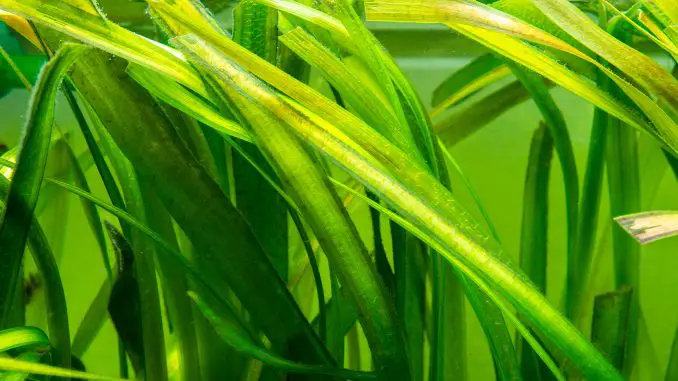
Some aquatic plants are easier to care for than others, but you can’t get much easier than Jungle Val.
These are some of the sturdiest freshwater plants available, being able to withstand damage from herbivorous or aggressive fish. They are undemanding and can be grown by anyone.
They stretch up tall, displaying their vibrant green grassy blades, and stand out above the rest of the tank. They could make a great background display in your aquarium.
This article contains all the information you might need when buying Jungle Val for the first time. This includes general care, aquarium setup, propagation methods, and much more…
TABLE OF CONTENTS
Jungle Val Facts & Overview
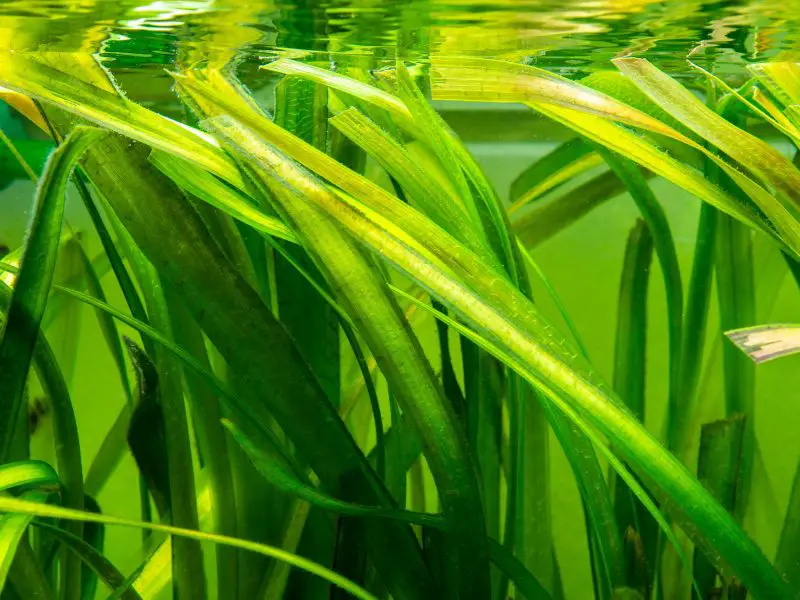
| Category | Rating |
| Care Level: | Easy |
| Lighting: | High |
| Color Form: | Green |
| Origin: | Asia, Australia, and The Americas |
| Height: | Up to 72 inches |
| Family: | Hydrocharitaceae |
| Minimum Tank Size: | 20 gallons |
| Tank Set-Up: | Tropical freshwater |
| Growth Rate: | Fast |
Jungle Val, or Jungle Vallisneria, is a popular aquatic freshwater plant. It goes by a few names, such as eel grass, tape grass, and water celery, which give a good indication of its appearance.
There are a few species in the Vallisneria genus, but the most common is Vallisneria Americana, which is one of 135 flowering species in the Hydrocharitaceae family.
This name might suggest that the plant is exclusively found in the Americas, but it is native to Asia and Australia in addition to North, Central, and South America.
Jungle Val was one of the first aquatic plants used for home aquariums due to its abundance and ease of care.
It is usually a background plant because it can grow quite tall. It can be used in all areas of the tank though if you are prepared to regularly trim it, but even beginners will find this simple to do.
It’s often reported that trimming Jungle Val will kill it, but this is rarely the case if done properly, which we’ll explain later.
As such a famous plant in the aquarium industry, it commonly sold, so there should be some in a store near you. It will be cheaper than most plants too.
When buying some, check the health of the plant by looking for damaged leaves or brown colorations. Either of these would mean that the Jungle Val is struggling.
Benefits of Jungle Val
Plants can help your aquarium in lots of ways and Jungle Val is no exception.
As tall plants, they make great shelter for fish and any other inhabitants of your tank. Animals will seek refuge in the long ribbon-like leaves when stressed by lights or boisterous tank mates.
Jungle Val also works well aesthetically in an aquarium. Their bright colors help to liven up a tank and their tall leaves fill empty spaces higher up in the water.
By mixing Jungle Val with other plants of different shapes and sizes, you could create a compelling paludarium.
Many people don’t realize the health benefits of adding aquatic plants you an aquarium. They release extra oxygen into the water during photosynthesis, animals will appreciate this for respiration.
Plants also take in certain pollutants that would become toxic in high enough concentrations, helping you to keep the water clean and saving you time.
Appearance
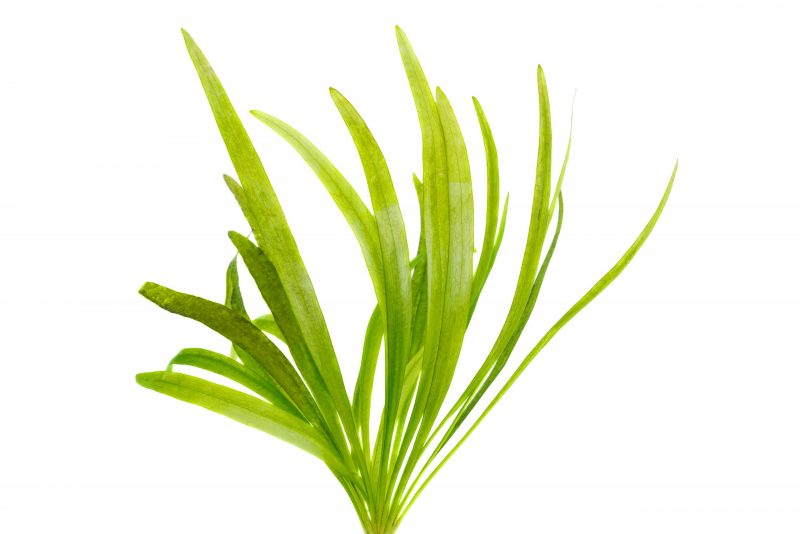
Essentially, Jungle Val resembles long grass, like the freshwater equivalent to seagrass.
It has long and thin leaves that stretch from the substrate upwards. They gently sway as the water moves.
Each leaf is a bright green, which spreads color around the tank as they’re very tall. If the green starts turning to a brown, the plant may not be getting the resources it needs.
These plants can reach heights of up to 6 feet, far beyond the height of most aquariums. It will grow up to the surface of the water in captivity, quickly getting out of hand.
This is why it makes an excellent background plant since it fills the water column. It works well in a paludarium to fill empty spaces.
There are many species of Jungle Val, but they can be hard to tell apart. They look similar and are cared for in the same way.
Habitat and Tank Conditions
The plants are naturally found all over the world, in North America, Central America, South America, Asia, and Australia. Each of these areas shares a tropical climate that Jungle Val can thrive in.
It prefers to be fully submerged in slow-moving freshwaters, such as lakes, streams, and ponds. Here it grows in the shallows where it can receive plenty of light.
The water would be warm and slightly alkaline.
Sometimes this species is found in brackish environments because it can tolerate low levels of salinity.
These plants create a dense grass bed that stretches up towards the surface. This makes an excellent shelter for all sorts of animals.
If you can recreate Jungle Val’s natural habitat at home, it will be able to thrive.
See also: pogostemon helferi care
Tank Conditions
For the best chance of survival, add Jungle Val to a freshwater setup.
Use sand or gravel as a substrate. These plants have long, strong roots to secure themselves in place.
Plant them somewhere they can reach lots of light. Don’t plant them too densely or you risk them competing for resources with each other.
The water will need to be between 64°F and 82°F. The preferred pH range is broad and can be 6.0-9.0. Using hard water is also recommended.
High lighting is the best option because Jungle Val would naturally receive lots of sunlight in shallow waters. They will survive in moderate lighting, but with a reduced growth rate. Aim to provide 8-10 hours of light a day.
Fertilizer can be used to help growth, but it is not essential.
What Size Aquarium does it need?
Ideally, you want a tank of at least 20 gallons, Jungle Val will quickly outgrow anything smaller.
If you want to add it to a smaller tank, you’ll have to pay closer attention and trim it down to an appropriate size more regularly.
Care
Jungle Val is robust and will be able to tolerate a minor change in their environment if something goes. If this is your first time keeping aquatic plants, you can be confident that Jungle Val will survive small mistakes.
It is important to keep the aquarium as clean as possible. You will need to perform regular partial water changes to prevent the build-up of pollutants.
Wipe away excess algae when you see it, this can cause problems for your live plants if it blooms and gets out of control.
If the leaves get too long, you can trim them. Some people say that this will kill the plant, but this is rarely the case in practice.
Use sharp scissors to cut the tops of the leaves. Don’t cut too much or the plant won’t be able to regrow.
The end of a trimmed leaf may brown a little, but it won’t harm the plant as a whole. Avoid trimming if possible, to produce the most natural look.
If any leaves seem to have died completely, remove them from the water before they can rot.
When first adding plants to your tank, look out for a phenomenon called ‘melting’. This is where a plant struggles with a change in the environment, causing weak leaves that eventually fall off.
Cut off the dying parts of the plant and remove them. As new parts of the plant begin to grow, they should be better able to survive the new conditions.
Melting is common for most aquatic plants, not just Jungle Val.
Jungle Val naturally lives in shallow waters that have low CO2, so you don’t need to add CO2 injections.
Fertilizers may help with plant growth and boost color, but these plants should be fine without them. Apply weekly if you opt for them.
Tank Mates
Jungle Val is the ideal plant to mix with fish in a community aquarium.
Many aquarists specifically choose these plants because they have fish that love to dig. This would kill most plants, but Jungle Val’s roots delve deep into the substrate, securing it in place, even if fish start to dig around it.
This makes it a good choice if you have aggressive cichlids or herbivorous fish that are known to nibble at plants. They may eventually destroy these plants, but it will be much harder for them.
Invertebrates make great tank mates too. You could try Mystery Snails, Nerite Snails, Ramshorn Snails, Ghost Shrimp, Bamboo Shrimp, or Amano Shrimp.
Avoid crabs and crayfish, they are very effective at destroying even the strongest of aquatic plants.
Feel free to mix Jungle Val with as many other plants as you like, as long as they’re not too densely packed together.
Propagation
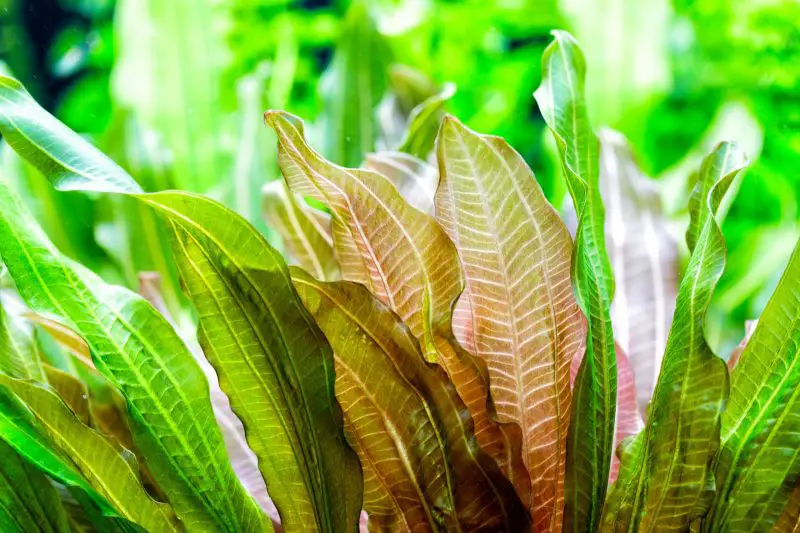
These are easy plants to propagate; you can quickly produce multiple plants from one original Jungle Val.
In the wild, there are two ways for Jungle Val to reproduce: via runners or seeds.
Seeds are produced after pollination; small male flowers release and float up to the taller female flowers. Pollination rarely occurs in captivity; runners are the main reproduction method.
Runners grow from the main plant, forming roots and breaking off. They secure themselves in the substrate and grow into an entirely separate plant.
You can manipulate this process to expand your Jungle Val population quickly.
You can cut the runners off before they break off naturally. Then you are free to plant them wherever you like.
Don’t cut the runner until the leaf is fully developed. Leaves are essential for photosynthesis and growth; without them, a plant would die.
Bury the roots deep into the substrate, and plant them somewhere not too densely packed with pre-existing plants.
It might take a few weeks for the new plant to grow because it will need to adapt to being replanted.
Is Jungle Val Suitable for Your Aquarium?
These are wonderful plants to have in your aquarium, they make fishkeeping much easier.
This is especially the case if you have some difficult fish that love to damage plants in their environment. Jungle Val should be able to stand strong, survive, and recover.
They are very easy to grow, being tough and undemanding. They are perfect for beginners, who will be able to find some easily as they’re very popular plants.
The grassy appearance of Jungle Val makes an excellent spectacle in an aquarium. They can grow tall at the back of your tank to disperse color throughout the water column.
Do you trim your Jungle Val? Let us know in the comments below…
See also: ludwigia repens care

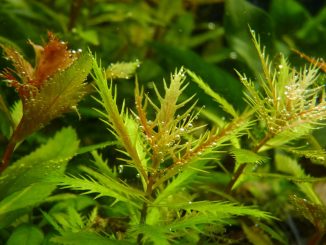
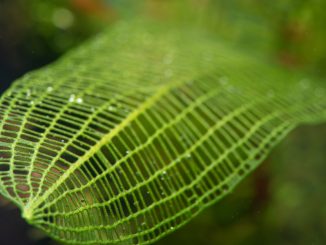
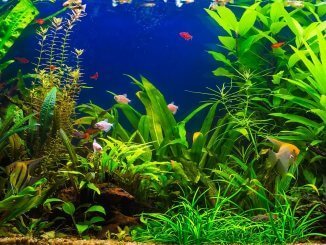
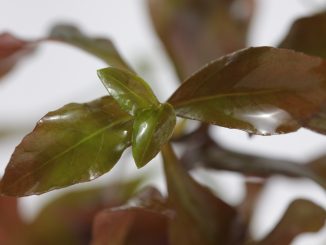
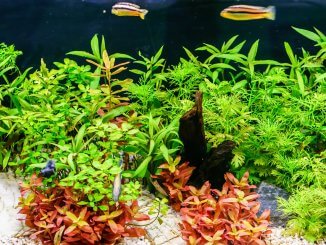
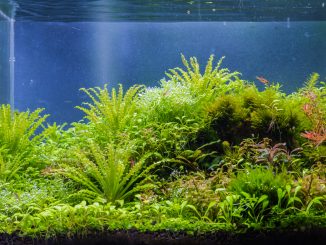
Be the first to comment